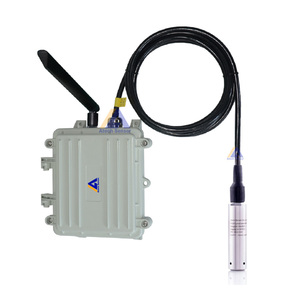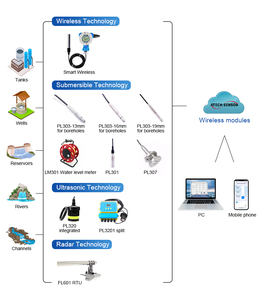Zigbee Level Sensor: An Introduction
The Zigbee level sensor is a cutting-edge device designed to monitor and manage fluid levels in various applications. Utilizing Zigbee technology, this sensor ensures reliable wireless communication in real-time, making it an essential component for many industrial and commercial operations. Whether you are monitoring water levels in tanks or detecting the fill levels of chemicals, this sensor offers precision and accuracy in an increasingly automated world.
Types of Zigbee Level Sensors
Zigbee level sensors come in a variety of types, tailored for specific applications. Understanding these types helps in selecting the right sensor for your needs. Common types include:
- Ultrasonic Level Sensors: Utilize sound waves to measure fluid level and provide non-contact measurement options.
- Capacitive Level Sensors: Measure the level of liquids and solids based on the capacitance change caused by the material.
- Float Level Sensors: Leverage a floating mechanism with a magnet to detect levels in tanks accurately.
- Radar Level Sensors: Use radar waves to monitor levels, ideal for harsh environments or volatile substances.
Applications of Zigbee Level Sensors
The versatility of Zigbee level sensors allows them to be employed across various industries. Here are some prominent applications:
- Water Treatment Plants: Monitor and control tank levels to ensure optimal processes.
- Oil & Gas Industry: Provide level monitoring in storage tanks to enhance safety measures.
- Food & Beverage: Help in maintaining the correct fill levels during production and storage.
- Agriculture: Manage irrigation systems by monitoring water levels in reservoirs.
Features and Advantages of Zigbee Level Sensors
Investing in a Zigbee level sensor can greatly enhance operational efficiency due to its advanced features and numerous advantages:
- Wireless Communication: Zigbee technology allows for easy installation and flexibility without extensive wiring requirements.
- Real-Time Monitoring: Instantaneous level data aids in proactive management, reducing the risk of overflow or depletion.
- Energy Efficiency: Designed for low power consumption, these sensors are often powered by batteries, ensuring longevity.
- Scalability: Easily integrable into existing systems, these sensors can be expanded or adapted as needs change.
- Robustness: Built to withstand harsh conditions, ensuring reliability and longevity even in challenging environments.





















































